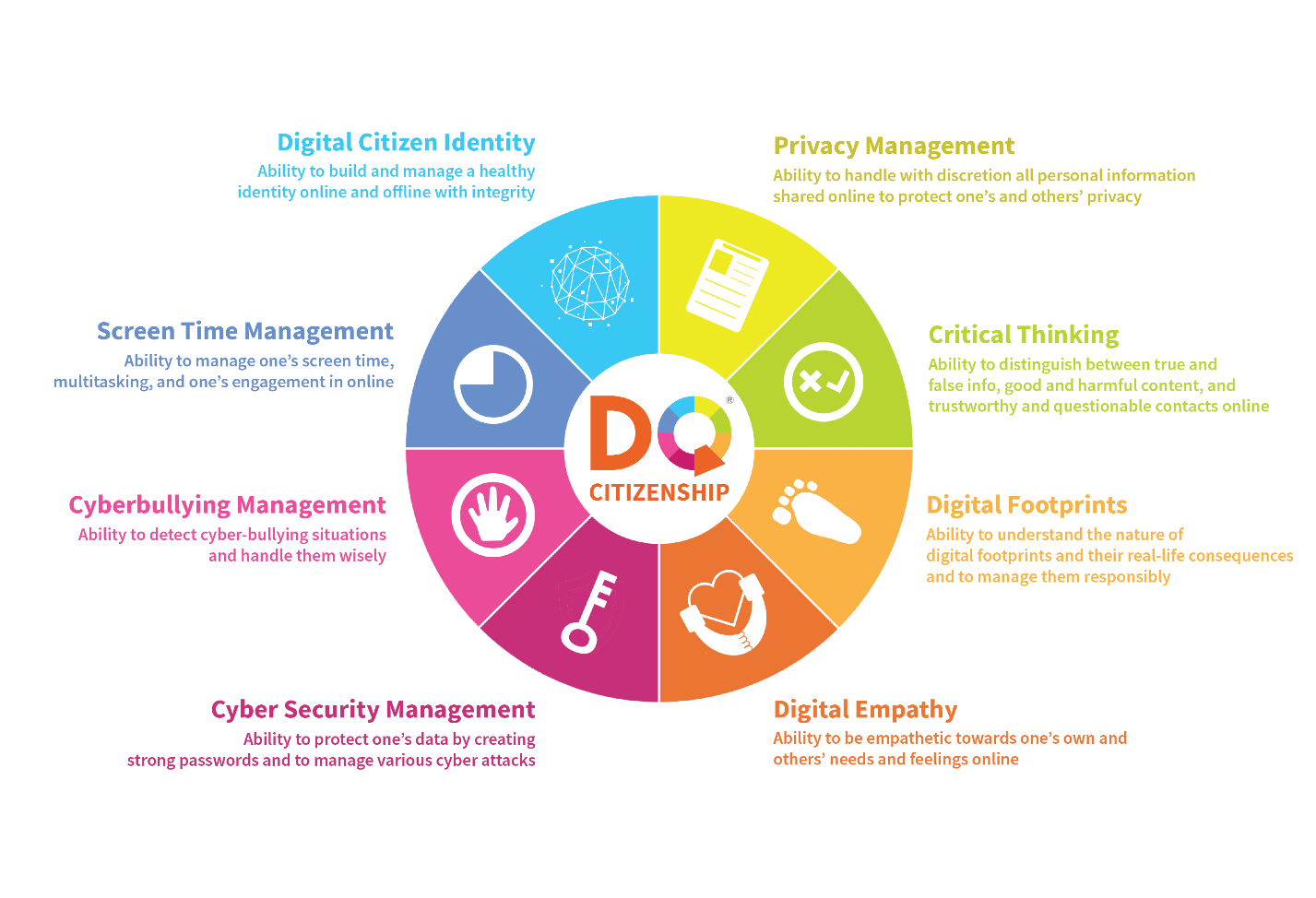How to help children build a positive presence online

While digital footprints are considered to be a liability, if managed well they can be an asset.
Image: REUTERS/Sergei Karpukhin
Stay up to date:
Education
Rather than just teaching children about internet safety and reducing their digital footprint, we should also encourage them to curate a positive digital footprint which will be an asset for them in their future.
Today’s children are prolific users of the internet. Concern has been raised about the future impact of the digital footprints they are generating. While much discussion of this issue focuses on keeping children safe, little is known about how children manage their digital footprints.
While digital footprints are considered to be a liability, if managed well they can be an asset. Digital footprints can showcase identity, skills and interests. This is important in an era where employers “google” candidates to check their identity and verify their suitability. In this context, having no digital footprint can be as much of a disadvantage as having a poorly managed one.
The “Best Footprint Forward” project explored what children know about digital footprints. Focus groups were made up of 33 children aged 10-12 years from three schools in regional NSW. Analysis of the focus groups reveals children have strategies to keep safe online, but they need further guidance on how to build a positive digital footprint.
What children know and do about digital footprints
The project found, while children use the internet for a variety of purposes (such as homework, gaming, watching videos), communicating with friends was the most popular online activity.
The children knew what digital footprints were:
- what you put online stays online
- people could find you if you left identifying information, such as your address or full name
- employers would check your social media.
They talked about password security, not putting personal details online (such as their name, address and date of birth), blocking people who harassed them, getting advice from parents, not clicking on anything silly, not posting pictures of their faces. They showed awareness of the potential consequences of their actions.
The implications of their digital footprint awareness led them to try to minimise theirs, to try to be invisible online. They mainly communicated with one another via Instagram, using it as a messaging service. All but one child had their account set to private, and very few posted photos. They used it just to talk.
While the children in the study had a high level of digital footprint awareness, they are only aware of this as a liability. Their responses did not include any discussion of the benefits offered by digital footprints. Their re-purposing of Instagram as a messaging service suggests a savvy and pragmatic approach to the problem of, in the words of one girl in the study, the “internet always keeping it”. Educative interventions should be designed to empower and protect children, to supplement their existing digital footprint management strategies.

How to teach for positive digital footprints
Children could be taught how to curate their online presence. That is, they could be explicitly taught not all they do online needs to be hidden. Curation is about knowing what to display publicly and what should remain private.
While it’s appropriate conversations with their friends not be public, children could be taught that digital artefacts which demonstrate their interests, achievements and skill could be both public and identifiable. School projects, awards, pieces of writing, and digital artworks are examples of suitable things to be attributed to them.
Teaching children to curate their achievements, skills and some aspects of their digital identity would help prepare them for the greater online freedom that will come with high school.
When should positive digital footprint education begin?
There are four reasons the two final years of primary school would be an ideal time to begin to teach children about positive digital footprints:
1. they are lacking this information and were not aware a digital footprint could be a positive asset for their future
2. children at this age are transitioning from predominantly game playing and video watching to more creative and generative uses of the internet and social media
3. different parenting styles means not all children will get this information at home
4. the strength of the cyber safety message they’re getting from schools suggests this knowledge could be built upon so children are given options about which online activities should remain invisible and which would be beneficial to have out there.
When asked what would you like to know about the internet, one girl in the study asked:
How can it change your future?
This gets to the heart of what’s at stake. Digital footprints can be an asset or a liability for children. Building on their knowledge by giving them guidance in curating a positive online presence could go a long way to help children shape their own future.
Accept our marketing cookies to access this content.
These cookies are currently disabled in your browser.
Don't miss any update on this topic
Create a free account and access your personalized content collection with our latest publications and analyses.
License and Republishing
World Economic Forum articles may be republished in accordance with the Creative Commons Attribution-NonCommercial-NoDerivatives 4.0 International Public License, and in accordance with our Terms of Use.
The views expressed in this article are those of the author alone and not the World Economic Forum.
Related topics:
Forum Stories newsletter
Bringing you weekly curated insights and analysis on the global issues that matter.
More on Education and SkillsSee all
Naoko Tochibayashi and Mizuho Ota
April 24, 2025
Lucia Fry and Naomi Nyamweya
April 17, 2025
Jarah Euston and Isabelle Leliaert
April 10, 2025
Kiva Allgood and Sue Ellspermann
April 9, 2025
Sue Duke
April 4, 2025
David Alexandru Timis
March 31, 2025





